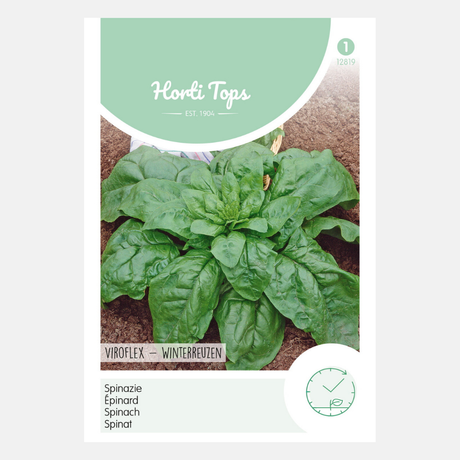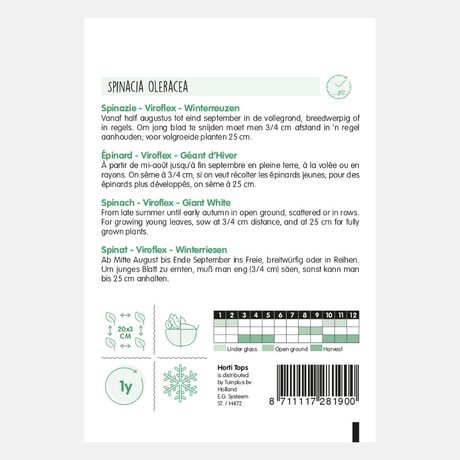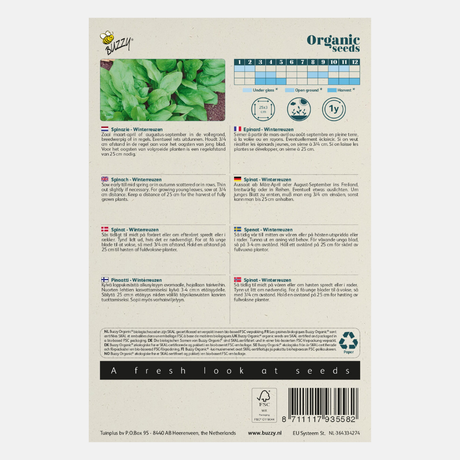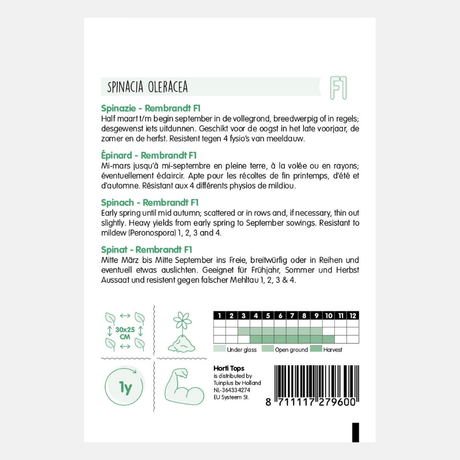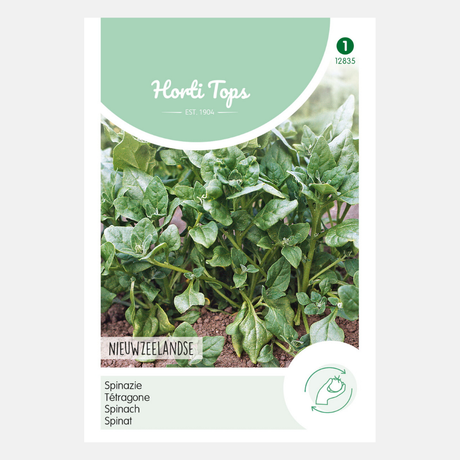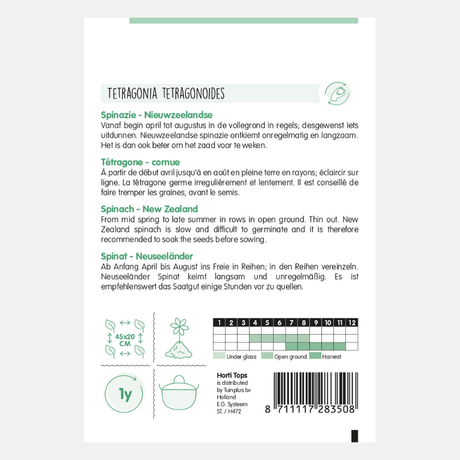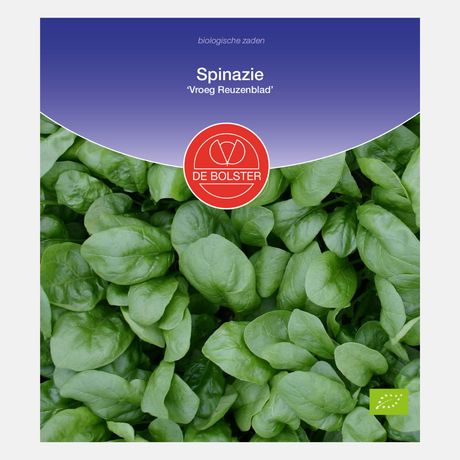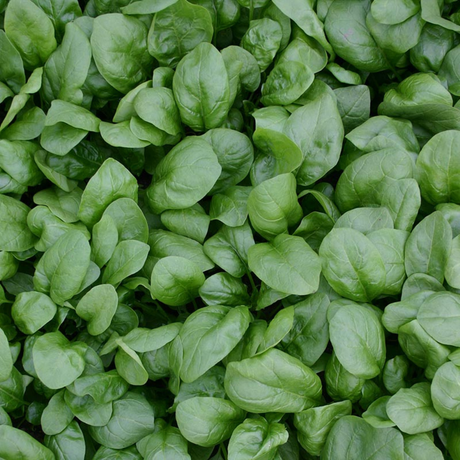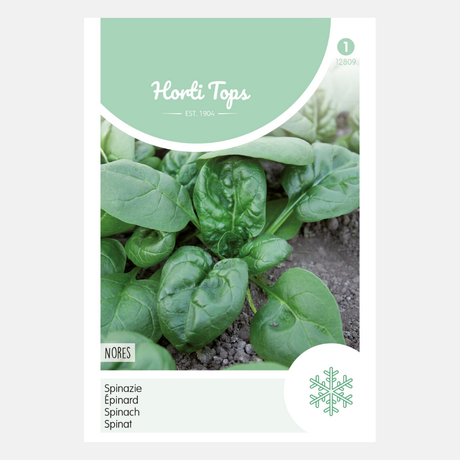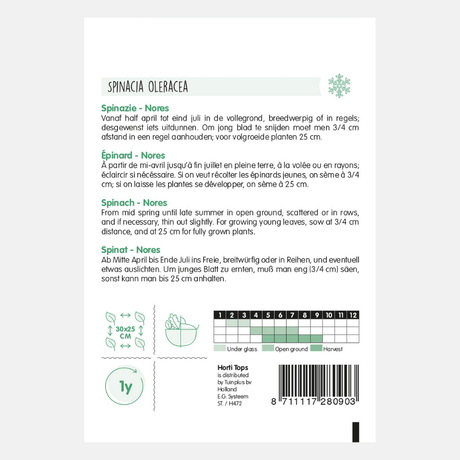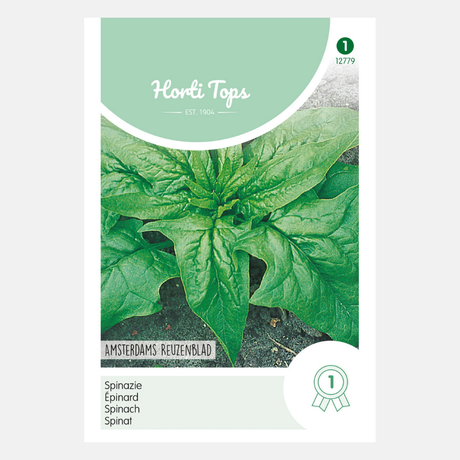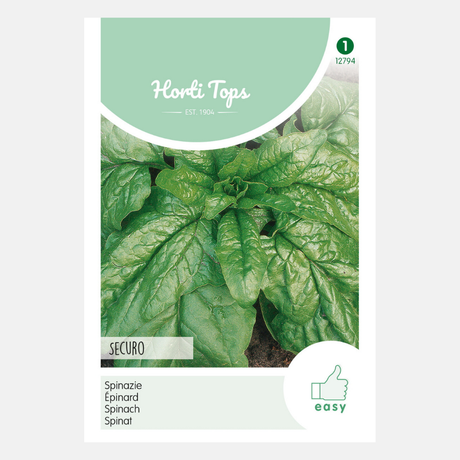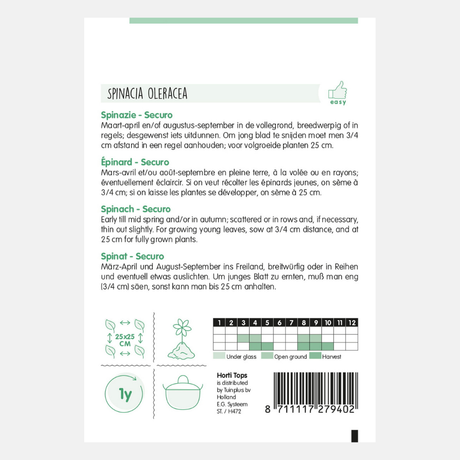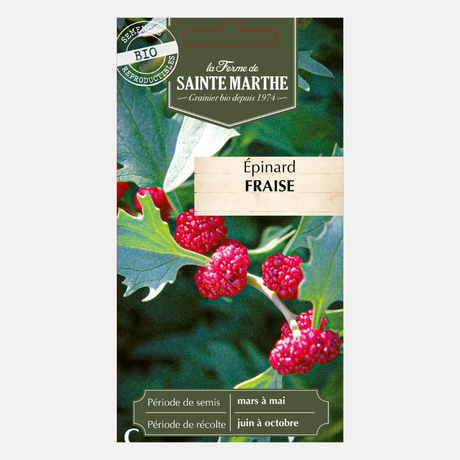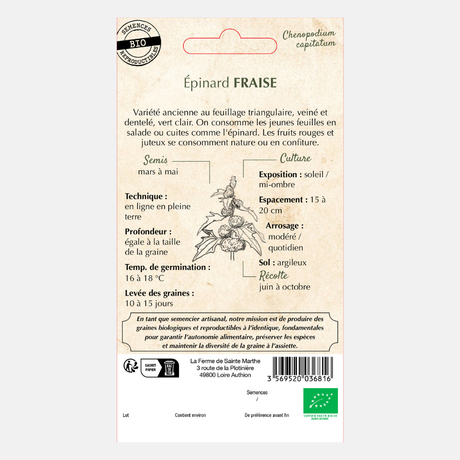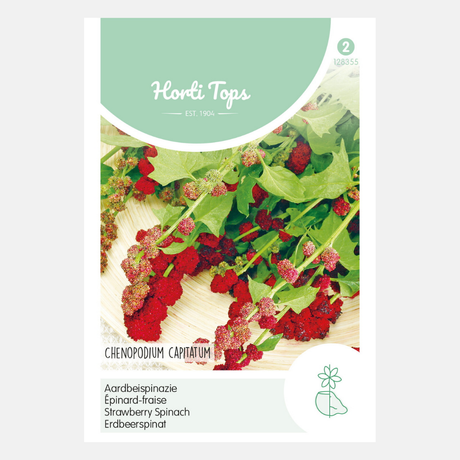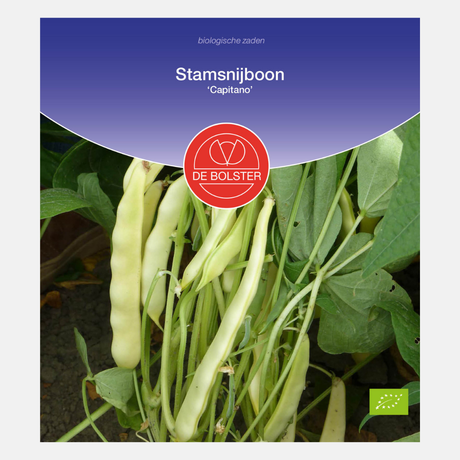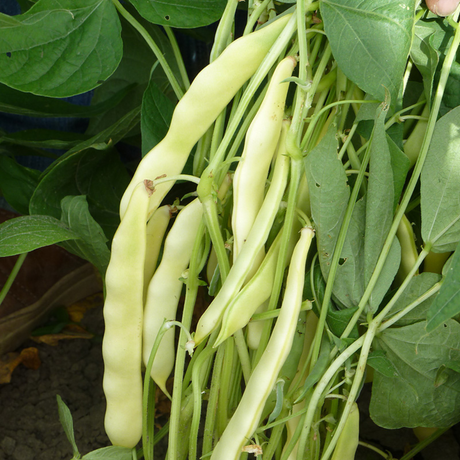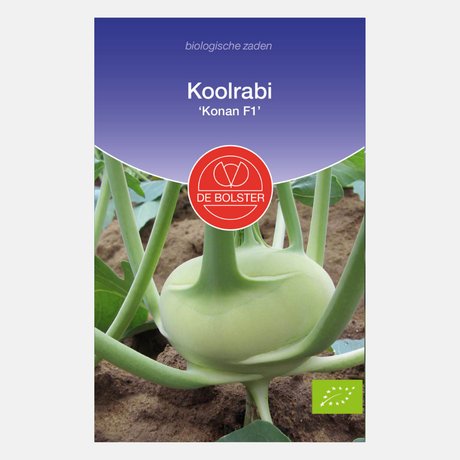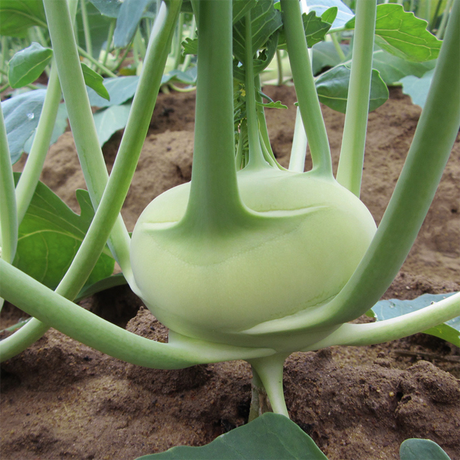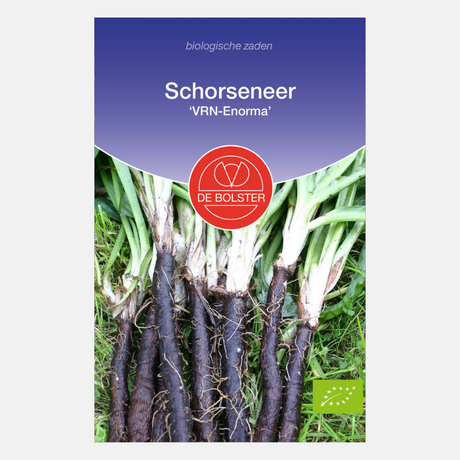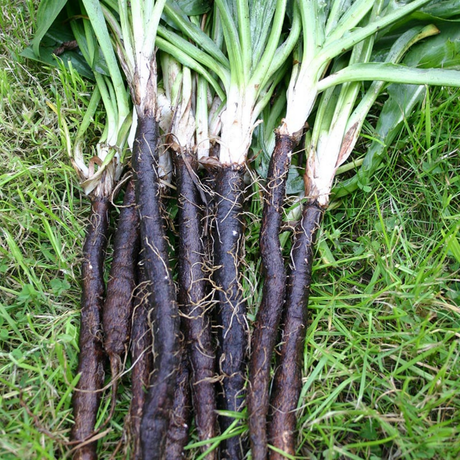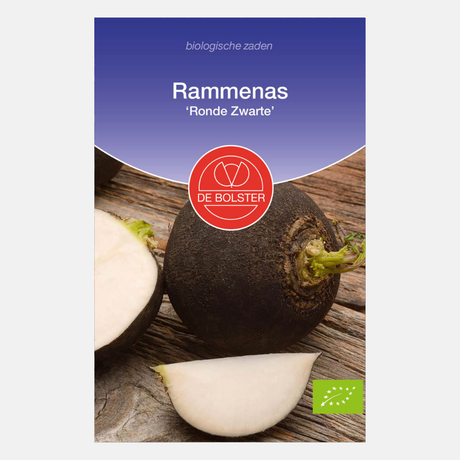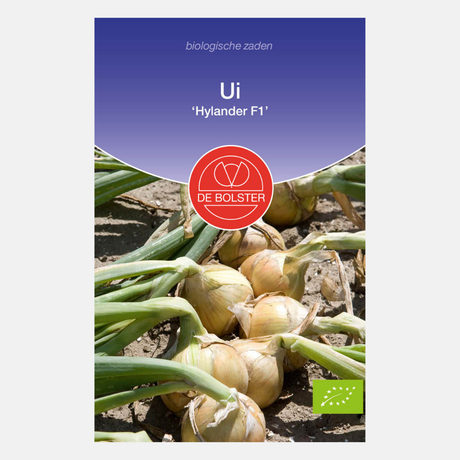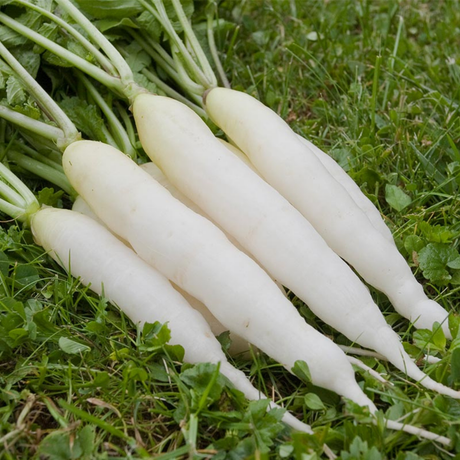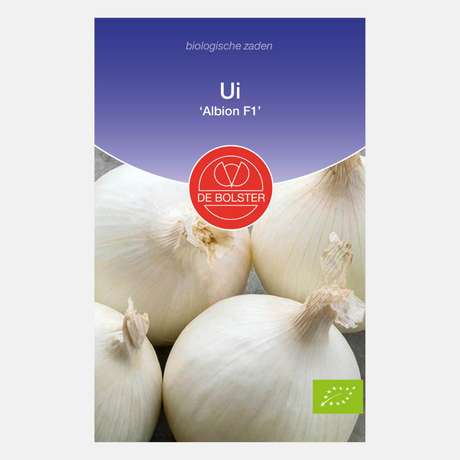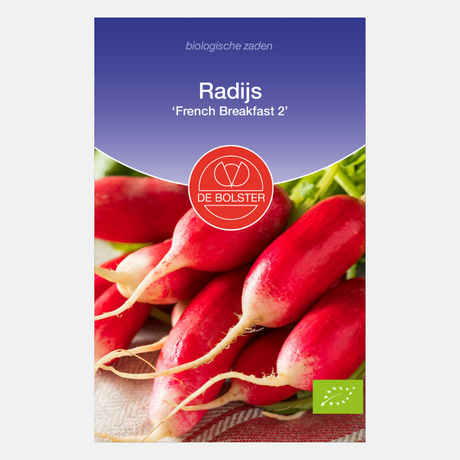Spinach 'Viroflex'/'Winter Giants'
Regular price €1,44Unit priceUnavailable- Regular price €1,84Unit priceUnavailable
- Regular price €3,52Unit priceUnavailable
- Regular price €2,23Unit priceUnavailable
- Regular price €1,44Unit priceUnavailable
- Regular price €2,96Unit priceUnavailable
Spinach 'Early Giant Leaf' BIO
Regular price €2,96Unit priceUnavailable- Regular price €1,44Unit priceUnavailable
Spinach 'Amsterdam Giant Leaf'
Regular price €1,44Unit priceUnavailableSpinach 'Securo' - Wolf resistant A+B
Regular price €1,44Unit priceUnavailable- Regular price €4,26Unit priceUnavailable
- Regular price €4,26Unit priceUnavailable
Perennial Spinach - Rumex patientia
Regular price €2,23Unit priceUnavailable- Regular price €2,96Unit priceUnavailable
Strawberry spinach 'Strawberry Orache'
Regular price €1,84Unit priceUnavailable- Regular price €4,66Unit priceUnavailable
- Regular price €2,72Unit priceUnavailable
Spinach 'Viroflex Winter Giants' BIO
Regular price €5,21Unit priceUnavailable
Spinazie zaaien in beeld
In deze video laat Tom zien hoe hij op het einde van de herfst spinazie zaait.
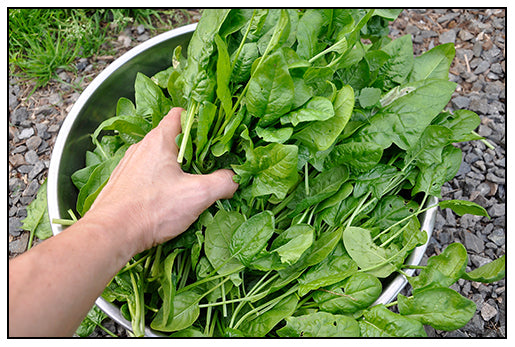
Kweekgids Spinazie zaaien - heerlijke gezonde blaadjes het jaar rond kweken
Overige groentezaden
View allSpinazie zaad kopen: Krachtig blad uit eigen tuin
Spinazie (Spinacia oleracea) is zo’n groente waar je nooit spijt van hebt. Je kunt verschillende soort spinazie kiezen, waaronder een biologische variant die op milieuvriendelijke wijze is geteeld. Spinazie is in principe een eenjarig gewas, maar kan soms overwinteren, vooral bij winterteelt met rassen als 'Winterreuzen'. Voor de kweek zaai je de zaden in goed losgemaakte grond die voldoende vochtig is, bij voorkeur in rijtjes met voldoende afstand ertussen. Zaai niet te dicht, want een dichte zaaiing geeft malse blaadjes, maar voor grotere planten is uitdunnen nodig. Bedek de zaden licht met aarde na het zaaien om ze te beschermen tegen vogels en muizen, die dol zijn op spinazie zaden. Sommige rassen, zoals Vroeg Reuzenblad, ontwikkelen een penwortel en moeten direct op de juiste plek in rijtjes worden gezaaid. Spinazie heeft veel stikstof nodig; stikstof is belangrijk voor een goede groei. Let bij elk product op de productspecificaties voor teeltinformatie. Rondzadige spinazie is geschikt voor zomerteelt, terwijl andere rassen minder snel in bloei schieten en daardoor langer te oogsten zijn. In tegenstelling tot Nieuw-Zeelandse spinazie behoort gewone spinazie tot een andere familie en heeft een andere kweekwijze. Snijbiet is een goed alternatief om te kweken in de zomer. Spinazie is makkelijk te kweken, snel te oogsten en veelzijdig in de keuken. In de volle grond, kas of in een bak – spinazie doet het overal. En met het juiste zaad geniet je binnen no-time van een gezonde oogst.
Inleiding tot spinazie (spinacia oleracea)
Spinazie, wat een heerlijk groentje om te telen! Je hebt vast wel eens van die donkergroene blaadjes in je stamppot gedaan of misschien zelfs in een groene smoothie (ja, dat doen wij hier ook regelmatig). Het mooie van spinazie is dat je er eigenlijk niks mis mee kunt doen - of je nu een beginnende tuinder bent of al jaren met je handen in de aarde zit. Door de snelle groei kun je al heel vroeg in het voorjaar genieten van die malse blaadjes voor in je salade, en later stevige bladeren oogsten voor warme gerechten. Echt een aanrader voor iedere moestuin!
Er zijn verschillende soorten spinazie zaden en eerlijk gezegd, elke soort heeft zo zijn eigen charme. De rondzadige rassen zijn perfect voor de zomerteelt - die kunnen wel tegen een zonnetje. De scherpzadige rassen daarentegen zijn echte winterkampioenen en presteren juist goed in de koelere maanden. Scherpzadige rassen groeien bovendien sneller dan rondzadige rassen, wat ze ideaal maakt voor een snelle oogst. En dan hebben we nog de Nieuw-Zeelandse spinazie - technisch gezien geen echte spinazie, maar wat een uitvinding! Deze plant behoort tot de familie van Posteleinachtigen en schiet niet zo snel door in de warmte, dus handig voor als je ook in de zomer verse blaadjes wilt. Voor wie graag biologisch tuiniert, zijn er natuurlijk ook biologische varianten beschikbaar.
Het mooie van spinazie zaaien is dat het eigenlijk heel simpel is. Zaai de zaadjes ongeveer anderhalf centimeter diep in lekker losgemaakte, vochtige en goed gedraineerde grond - niet moeilijk doen, gewoon even met je handen in de aarde. Let wel op de timing: voorjaar en najaar zijn ideaal, want in de warmere maanden krijg je sneller dat vervelende schieten. Door de zaailingen tijdig uit te dunnen geef je ze de ruimte om uit te groeien tot krachtige plantjes vol met blad. Regelmatig oogsten zorgt ervoor dat de blaadjes mals blijven - want niemand wil bittere spinazie op zijn bord, toch?
Je kunt spinazie eigenlijk het hele seizoen door zaaien en oogsten, wat ontzettend handig is. Spinaziezaad kan van eind februari tot en met maart worden gezaaid als vroege teelt. Of je nu kiest voor een klassiek ras als 'Vroeg Reuzenblad' voor de vroege teelt, of juist voor die bijzondere Nieuw-Zeelandse variant - met een beetje aandacht en zorg krijg je altijd een mooie oogst. De zaden van Nieuw-Zeelandse spinazie kiemen echter langzaam en alleen bij hoge temperaturen, dus houd hier rekening mee bij het zaaien. Zo heb je het hele jaar door verse spinazieblaadjes uit je eigen tuin, klaar om te verwerken in al je favoriete gerechten. Veel plezier in de tuin!
Waarom spinazie zaaien?
Spinazie is een echte groeikampioen en behoort tot de veelzijdige groentesoorten. Zeker in het voor- en najaar, wanneer andere groenten het nog even laten afweten, komt spinazie op stoom. Daarbij zit het boordevol voedingsstoffen, en kun je het zowel rauw als gekookt eten. Savooispinazie, met zijn diep gekreukelde en gekrulde bladeren, is beter bestand tegen kou en daardoor ideaal voor koudere periodes. Gladbladige spinazie daarentegen is gemakkelijker te reinigen, wat het een praktische keuze maakt in de keuken. Spinazie is bovendien zeer geschikt voor gebruik in soepen en sauzen. Let bij de bereiding op dat je spinazie kort verhit om de smaak en voedingsstoffen optimaal te behouden.
De voordelen:
- Korte teeltduur: vaak al binnen 6 weken oogstbaar
- Rijk aan ijzer, calcium en vitaminen
- Groeit goed in koele omstandigheden
- Perfect voor pot, bak en volle grond
- Meerdere keren te oogsten
Deze spinaziezaden vind je bij Plukkers
We selecteren elk ras op smaak, betrouwbaarheid en kracht. Hier zijn zes toppers uit onze collectie:
Let bij elk product goed op de teeltspecificaties voor een succesvolle teelt.
Amsterdams Reuzenblad - Spinazie 'Amsterdams Reuzenblad'
Spinazie ‘Winterreuzen'
Een stoer ras dat niet bang is voor kou. Grote, stevige bladeren die goed bestand zijn tegen herfst en winter, waardoor dit ras zeer geschikt is voor winterteelt.
Spinazie ‘Nores' (15 gram)
Gladbladige spinazie die lang mals blijft. Schiet minder snel door en komt daardoor minder snel in bloei, ook bij wat warmere omstandigheden, wat gunstig is voor de oogst.
Spinazie ‘Renegade F1'
Een modern ras dat resistent is tegen meeldauw. Donkergroen blad, geschikt voor voorjaar én najaar.
Spinazie ‘Bazaroet'
Vroeg en krachtig. Deze spinazie levert brede bladeren die zowel rauw als gekookt heerlijk smaken.
Spinazie ‘Vroeg Reuzenblad'
Een klassieker. Dit ras ontwikkelt een penwortel en moet daarom direct op de juiste plek in rijtjes worden gezaaid. Grote, lichtgroene bladeren met een milde smaak – ideaal voor jonge bladpluk.
Nieuw zeelandse spinazie Nieuw-Zeelandse spinazie BIO
Geen echte spinazie, maar wél een perfecte vervanger in de zomer. In tegenstelling tot gewone spinazie, groeit Nieuw-Zeelandse spinazie alleen goed bij hoge temperaturen. Houdt van warmte en blijft lang doorgroeien.
Zaai instructies, verzorgen en oogsten
Spinazie zaai je het liefst in koele perioden. Dat voorkomt doorschieten en zorgt voor malse bladeren. Zaai de spinazie in rijen met een onderlinge afstand van ongeveer 40 centimeter. Zaai niet te dicht; als de plantjes toch te dicht op elkaar staan, is het belangrijk om uit te dunnen. Zo krijgen de planten voldoende ruimte om goed te groeien en voorkom je stugge bladeren. Spinaziezaad heeft een lange penwortel, waardoor zaaien op de gewenste plek de wortelverstoringen minimaliseert en de plant optimaal kan groeien.
Zo doe je dat:
- Zaaitijd: februari–april en augustus–oktober
- Zaaidiepte: 1–2 cm
- Afstand: 5–10 cm tussen plantjes
- Zaai de zaden in rijtjes met voldoende afstand voor een goede groei.
- Bedek de zaden licht met aarde na het zaaien.
- Zorg dat de grond voldoende vochtig blijft voor een goede kieming.
- Water: geef regelmatig, zeker bij droog weer
- Oogst: jong voor salades, volgroeid voor koken
Oogst wat je nodig hebt
Knip de bladeren die je wil gebruiken en laat de rest staan. Zo groeit de plant rustig verder en oogst je meerdere keren van één rijtje.
Spinazie met smaak
Met spinazie zaad van Plukkers kies je voor kracht, smaak en gemak. Van frisse lentesalade tot stevige stamppot – je plukt het uit je eigen tuin.
Spinazie is bovendien zeer geschikt voor gebruik in soepen en sauzen, waardoor het een veelzijdige groente is in de keuken. Let bij de bereiding van spinazie op de juiste methode, zodat de smaak en voedingswaarde optimaal behouden blijven.


